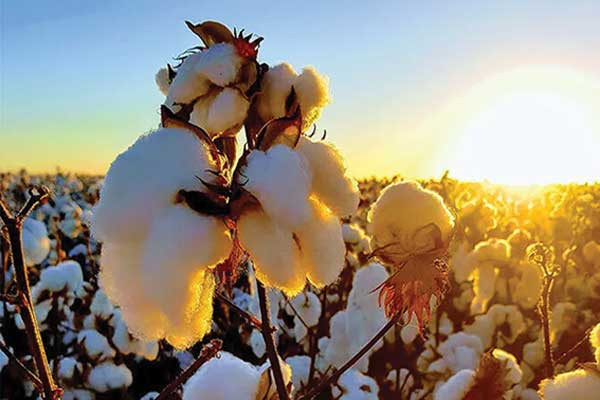
THE Agricultural Marketing Authority (Ama) says a minimum area of 0,5 hectares of cotton will be supported with inputs per farmer owing to the normal to below normal projected rainfall for the 2023/24 summer cropping season.
Heading into the 2023/24 agricultural season, the El Nino weather phenomenon was predicted as early forecasts pointed to warm temperatures and normal to below normal rainfall.
“The minimum area to be supported by each contractor per farmer is 0,5ha (hectare). With these arrangements, we therefore, expect reduced incidents of side marketing, uninflated databases, reduced cost of doing business by the contractors and support to real cotton farmers,” Ama chief executive officer Clever Isaya said last week.
He said 237 common inputs distribution points were established for this season and were manned by Ama clerks.
“The 237 clerks also service several other mobile points within their vicinities. In terms of inputs distribution, 33% of the targeted 271 000ha has been distributed to farmers,” Isaya said.
Under the package, cotton farmers will receive 15 kilogrammes (kg) or 145 000 kennels of seed as well as chemicals carbaryl/acephate for 1kg, acetamac 150 grammes, and one litre of nemesis.
Cotton farmers will receive 50kg of both basal and top dressing fertiliser.
Over the first nine months of the year cotton exports fell 49% to US$11,64 million, from the comparative 2022 period, as farmers turned to unlisted players to sell their crop.
- I don’t have depth: Bosso coach
- Private sector makes inroads into wheat production
- Interview: Cottco CEO lays out manufacturing vision
- Private sector makes inroads into wheat production
Keep Reading
“To promoted growth in the cotton sector, seed cotton regulations were amended in 2022 through SI 118 to include among other things, ginning as a farm gate activity, signing of a memorandum of understanding between contractors and Ama,” Isaya said.
“All these were designed to combat the scourge of side marketing as well as promote discipline in the sector. Further, for the 2023/24 production season, production and marketing modalities for the cotton industry were developed in conjunction with contractors and approved by our parent ministry.”
These modalities include that cotton inputs be distributed at common inputs distribution points in the presence of contractors and that Ama captures all the information of the inputs distributed for one central database.
“Farmers who received inputs under the government programme previously but did not deliver will be assisted on an ‘explain and receive basis’ while those who delivered will be served on a ‘first come, first served basis’,” Isaya said.






